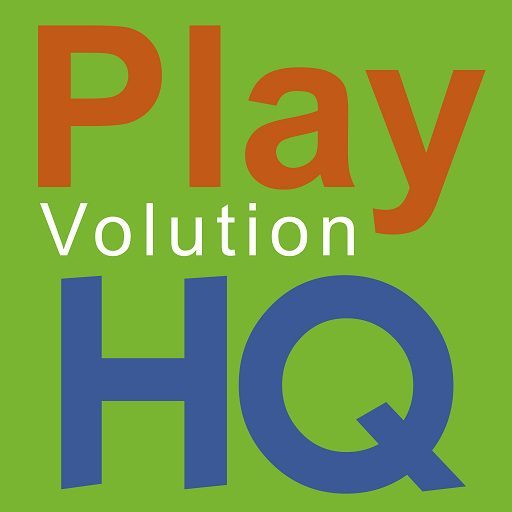
I recently helped to facilitate a Power of Play Date at the Scott Family Amazeum in Bentonville, Arkansas as part of a series developed by the Arkansas Early Childhood Association and Denita Dinger of Play Counts. Lots of other facilitators provided sponsorship, activities and opportunities to empower educators to give the gift of play all across the curriculum. There was loose parts, dramatic play, story telling…It was a wonderful buzz of excitement and sparking conversation as the educators explored just how powerful play can be. The focus for my colleagues and I was process-led art and how to develop teacher confidence in being able to empower children to be true artists. We set up some art materials and invited the participants to play! It was a wonderful experience to watch all these teachers ‘let it go’ (are you singing the Frozen song? Me too!) and just see where their play would lead them.
So, what do we mean by process-led art? Children learn by DOING. If they are given access to art supplies, time to explore, investigate and DO then they will be able to really engage with their own creativity. Process-led art involves the children having more freedom to explore different materials in their own time. Product-led art focuses more on the outcome; creating a specific thing for a particular reason, often thought of by the teacher rather than the child. There is absolutely room for both types of art in an early years setting, however teacher-led art projects are starting to be used sparingly in favour of child-led art. Teacher-led art projects that focus on teaching skills and techniques can be more attainable once children have had time to play and experiment. Children need ideas – they can be inspired by many different things. For others it can be difficult to know where to start when faced with a well-stocked art center and the freedom to do anything.
I really enjoy how having the art center open to children’s imagination generally leads to a calmer classroom atmosphere. The children can relax as they make their creations and even the teachers can become calmer as they don’t feel any pressure to produce a full class-worth of identical pieces of art. Instead, teachers will be able to observe how the child interacts with each medium, see if they give up or keep trying when new skills are being learned, listen to the children as they express themselves freely and scaffold their learning with tips, more ideas and comments about what they notice. The process-art will probably not look as neat and tidy as the identical art – but the value of the art will be much higher. Teachers can use process-art to hit multiple standards and also explain to parents the different skills and individual achievements each child has made.
As I was researching with my colleagues about process-led art we thought about how you can give children the ingredients such as paint, glue, paper etc but the resulting art will always be different depending on the individual artist. With product-led art you tend to get the same outcome for every child. A specific product is envisioned, sometimes the teacher will have made an example or template for everyone to copy and the result is 10 pieces of artwork that all look the same (and not much artplay would be happening). This is akin to a recipe that two different bakers could read and create the same amazingly tasty treats, but then one baker may want to add a little more sugar or decorate their treat differently to the instructions given. The key point being that there are some art processes that require following instructions in order to be successful at using the material e.g. when using watercolours, if you keep adding to your paper over and over again, the paper will become weak and it may even tear. If as a teacher you instantly tell children this before they start, you are taking away their moment to discover how watercolours work. Once they make this discovery, then you can help them to research what they could do instead to be more successful – thicker paper, less water, more ink, different brushes?
Of course, if a child has an idea about a product they wish to make then as educators we should help to facilitate the skills needed to create their masterpiece. There are wonderful products that can begin as process art! Great for those times when teachers feel the pressure to create something for families – Christmas, Valentine’s Day, Mothers and Fathers Days etc. But if we try to be more mindful of focusing on the skills being used over the final product, we can watch children become empowered to be truly unique, individual artists!
I thought about my own journey from product-led art to process-led art and came up with a cheat sheet how-to guide for teachers to swing the balance over to the child-led state of play. We wanted to have a handout at the Power of Play Date so I came up with a rather ironic recipe! I think it was received quite well, we saw participants looking slightly confused at first…but then giggling as they realised the true message! I hope you enjoy it just as much!

Author
Emma is The Play Coach who loves everything and anything to do with play. Play is children’s work and she thinks it should be adult’s work too. Connect with Emma for consultations and trainings that promote wonder, joy and well-being through the power of play.
In-Person And Online Training
Learn how to book an in-person or online training for your organization on these early learning topics.
Support The Site
I participate in the Amazon Services LLC Associates Program, an affiliate advertising program designed to provide a means for me to earn fees
by linking to Amazon.com and affiliate sites.
Thanks To Our Patrons
This post was made possible by patrons like these, who generously fund our work:
Supporters
Lissadell Greene Stephanie Goloway Jennifer Stark
Lagina Kozak Michelle Hankins
Marie Messinger Tamara L. Lakin
Fans
Jen Flemming Lizz Nolasco Cynthia J Bays
Susan Warner Kelly Sigalove Shawn Wolf
Vittoria Jimerson Codee Gilbert Wendy Tedford
Monica Morrell Pam Soloman Melissa Franklin
Teresa Watson Erika Felt Autumn Peele
Melissa Taylor Jahmeela Robinson Stacie Manning
Amber Maurina Terra Calamari Anne Jackson
Lagina Kozak Samantha Yeager-Cheevers
Elizebeth McCoy Sammy Cousens Ellen Cogan


Leave a Reply to The Play Coach Cancel reply